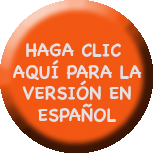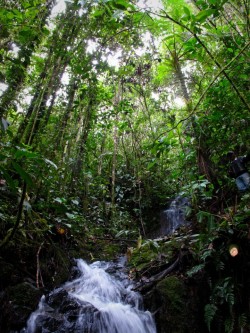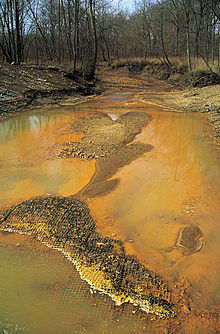The reasons NO are summarized in the letter Intag organizations wrote to the Chilean president (link) They are discussed in more detail below.
Biodiversity –
Bishimetal’s Environmental Impact Assessment predicted, in its own words, ‘massive deforestation’ to make way for the mine. These are primary tropical and subtropical cloud forest, some of the few primary cloud forests left in western Ecuador.
The world’s cloud forests are disappearing fast. They harbor many species unknown to man. DECOIN identified 18 endangered species that would be directly impacted by a mine, among these:
The Andean Spectacled bear(tremarctus ornatus), Jaguar (Panthera onca,) Ocelot (Felis pardalis) Coast Tapir(Tapirus bardii,) Spider Monkey (Ateles spp.) Giant Anteater (Mymecophaga trydactyla,) Balsa flower (Cyclopes didactylus.)
The mine would also fall within the buffer zone (within 4km) of the Cotachaci-Cayapas Ecological Reserve, considered one of the most bio diverse protected areas on the planet. Bishimetal’s EIA predicted that the impact on plants and animals in the reserve would ‘not be small.’
The EIA stated that a mine would contaminate various rivers and water sources with heavy metals. These are the water sources of communities downstream.
The levels of cadmium in the water would increase by 4000%, levels of chrome by 1600%. The copper in Intag is found in conjunction with lead, arsenic, cadmium and chrome. Cadmium causes kidney, lung and intestinal damage. Arsenic causes cancer of the skin, bladder, liver and lungs, lead destroys brain and nerve cells. These toxins can pass from mothers to children through breastfeeding.
Once rock is dug up and exposed to air and water these toxins leach out into the environment. When it rains they run into the water supply. To read more about how mining generates toxic waste click  .
.
Rainfall –
Rainfall is a critical factor in how effectively mining waste. i.e. contamination, can be contained. It is much harder to contain waste in areas of high rainfall and steep slopes. Waste is stored behind dams in huge shallow swimming pools that spill over if the water levels get too high. To learn more about tailings and tailings dams click  .
.
Intag is an area of high rainfall and steep slopes. The region receives 3000 millimeters of rainfall a year. In el Niño years this can increase by up to 50%. These factors make Intag a very risky place to mine.
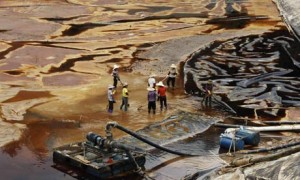
Workers drain away contaminated water after a spill at Zijinshan copper mine, China. The company claimed the incident, due to rainfall, was ‘impossible to predict.’ The spill resulted in severe contamination of the Ting river.
A long term problem – Mining waste does not disappear. Tailings dams (the structures that contain mining waste. Click here to learn more.) need to be monitored into the future, for as long as they exist, basically forever. Future generations must bear the burden of contamination. If a tailings dam is constructed today, today’s children will live in its shadow.
Who will repair and monitor the dam once the mine has closed, through successive governments, over centuries?
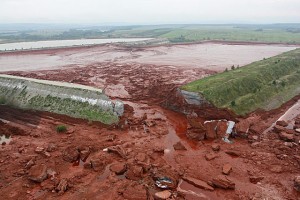
Hungary tailings dam failure. The village of Kolontar was flooded with toxic mud. 10 people died, more than 100 were injured, many suffered chemical burns.
Economic – Environmental costs are also economic costs. It is not hard to see that open pit mine in Intag would destroy what makes the region attractive and deter long term investment. Nobody wants to live by a pool of toxic waste. Studies have shown that following mining a region’s economy lags far behind non-mining regions.
Potential jobs, for example in tourism, would be undermined. The lodge in Junin cloud forest would become a wasted investment as the forest is destroyed.
Mining companies promise ‘local development,’ to build hospitals and schools. A report by the International Council on Mining and Metals explains why these projects do not work. When the mine closes, these facilities often close too.
Development at all costs?
Development should not come at the expense of the fundamentals – clean water, an uncontaminated environment, communities free from conflict, and respect for the people and their decision.
- Biodiversity
- Bishimetal EIA original pages (Environmental Impacts in the 1996 P129-136)
- Decoin summary of EIA
- Earth Economics – An ecological study of Ecuador’s Intag region
- Contamination
- Mining and toxic metals http://www.akaction.org/Publications/Mining/Mining_and_Toxic_Metals.pdf
- Mining Industry Profile: Copper – US Environmental Protection Agency http://www.epa.gov/osw/nonhaz/industrial/special/mining/techdocs/copper/copper1b.pdf
- Bishimetal EIA original pages (Environmental Impacts in the 1996 P129-136)
- Decoin summary
- Rainfall
- www.tailings.info http://www.tailings.info/technical/water.htm
- Decoin summary EIA
- A Long term problem
- PBS FRONTLINE article- Tailings Dams: Where Mining Waste is Stored Foreverhttp://www.pbs.org/wgbh/pages/frontline/environment/alaska-gold/tailings-dams-where-mining-waste-is-stored-forever/
- Chambers & Higman Oct 2011 “Long term risks of tailings dam failure” http://www.csp2.org/files/reports/Long%20Term%20Risks%20of%20Tailings%20Dam%20Failure%20-%20Chambers%20%26%20Higman%20Oct11.pdf
- Economic
- Dr. Ernesto Sirolli “Mining and Community Development: From Rhetoric to Practice”
- Oxfam America, Thomas Powers, “Digging to Development? A historical look at mining and economic development” http://www.oxfamamerica.org/files/OA-Digging_to_Development.pdf
- Further Reading
- Mining and poverty reduction: Transforming rhetoric into reality
